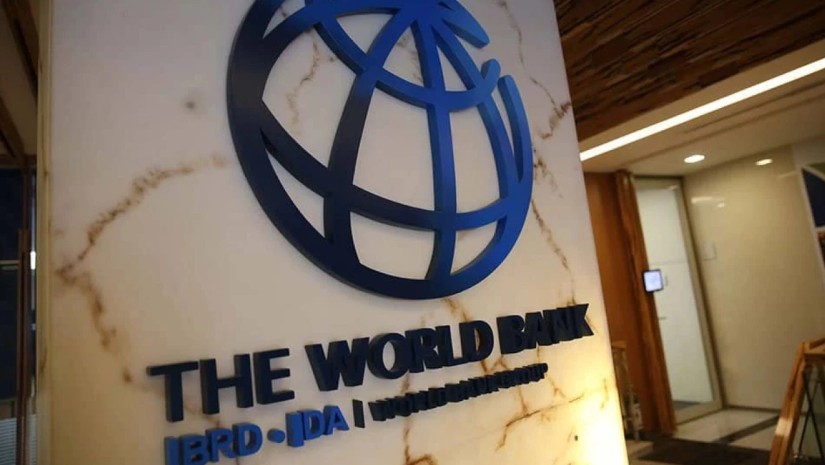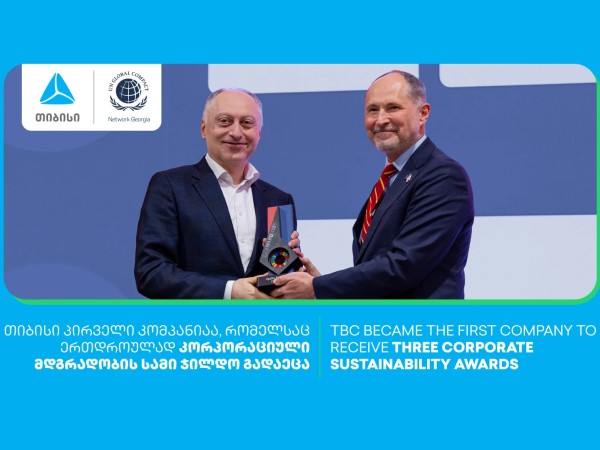Tbilisi (GBC) — The World Bank has highlighted the South Caucasus as a potential energy corridor, where the combined strengths of Georgia’s hydropower, Azerbaijan’s renewable energy transition, and Armenia’s solar potential could drive regional growth and job creation.
The observation comes from the World Bank’s newly released regional economic review, focusing on jobs and prosperity across emerging markets in Europe and Central Asia.
According to the report, nuclear energy may also complement other renewable sources in certain countries, helping to diversify energy production and create more stable employment. The World Bank notes that such a differentiated energy approach can ensure that investments directly translate into productive jobs.
The study also emphasizes the need for coal transition strategies in Central and Eastern Europe, underscoring the importance of supporting displaced workers and expanding renewable infrastructure — a shift that could create new employment opportunities across the region.
In Central Asia, the report highlights growing energy demand driven by population growth, calling for the harnessing of hydropower and solar resources, while natural gas continues to play a transitional role in countries such as Kazakhstan and Turkmenistan.
“The region’s developing countries need to implement bold reforms to translate sustainability into significant growth in productivity, output, and jobs, in line with changing demographics and natural advantages,” said Antonella Bassani, World Bank Vice President for Europe and Central Asia.
Bassani added that it is essential for countries to strengthen the private sector, improve education, and enhance international and regional connectivity, while attracting more private investment.
“The challenge for the region,” she said, “is to increase job opportunities and transform low-skilled jobs into high-quality employment.”






















